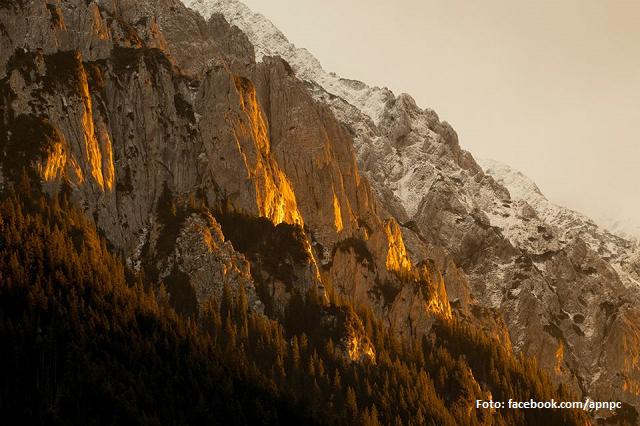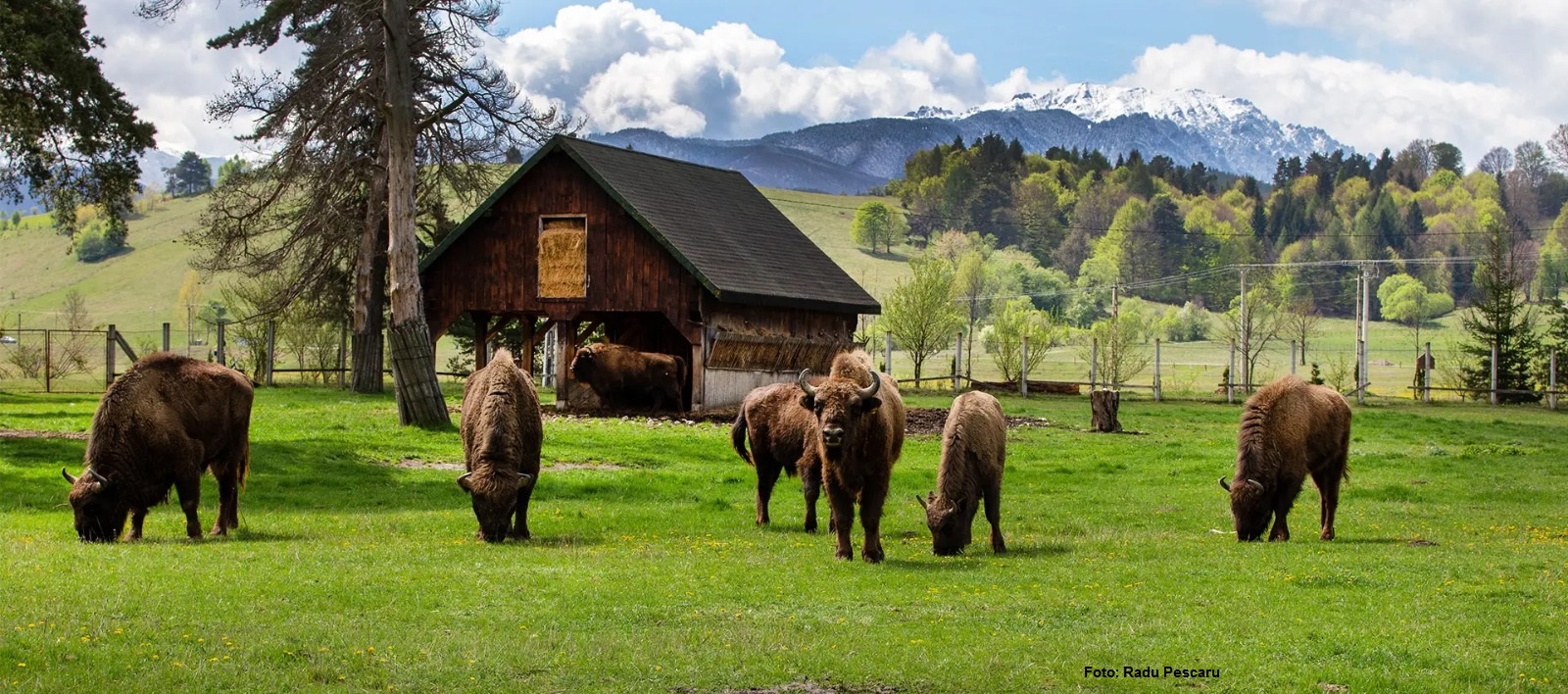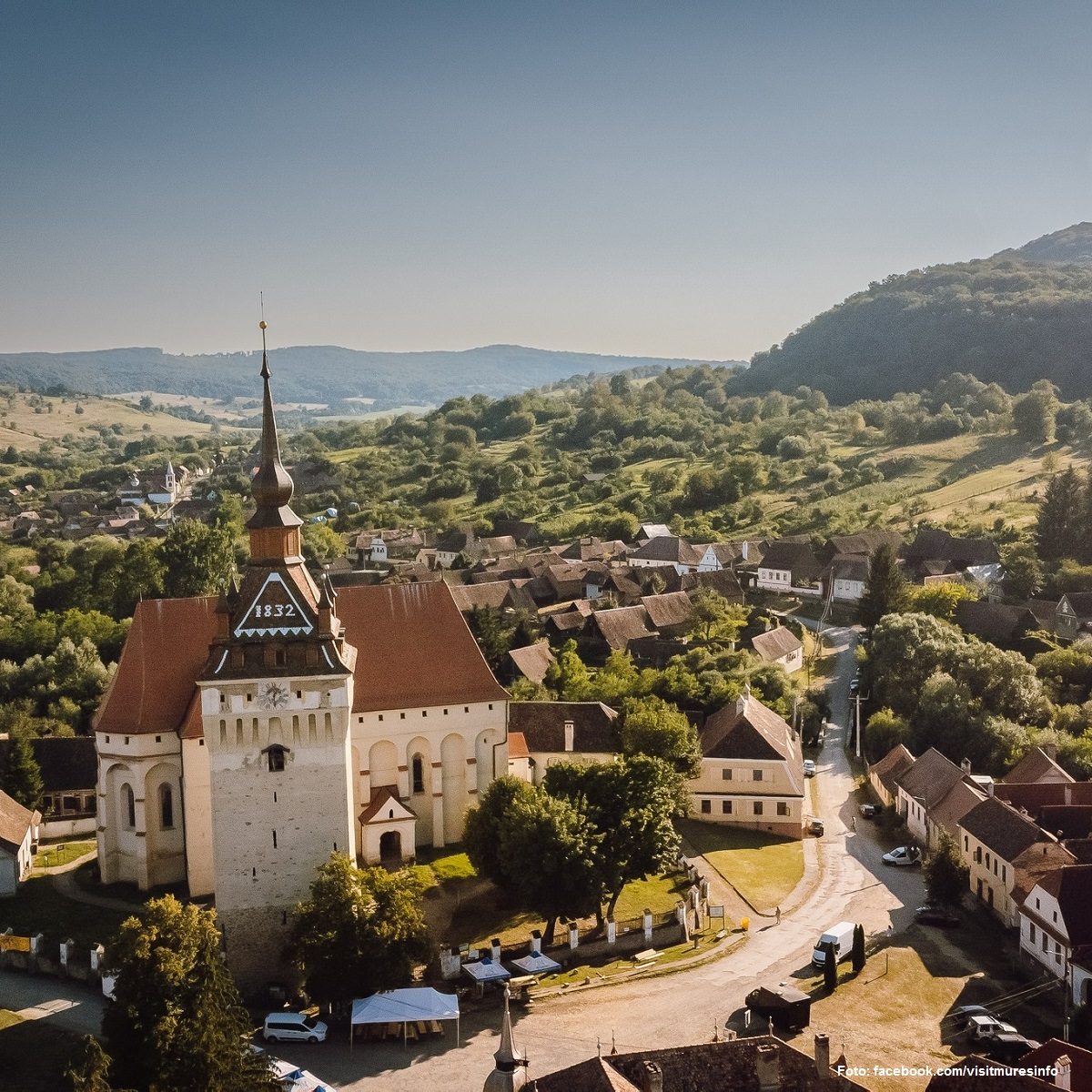National Parks
A look at some of the most beautiful nature parks in Romania
Warning: Trying to access array offset on null in /home/web/rri.ro/public/wp-content/themes/rri/template-parts/content.php on line 53

Warning: Trying to access array offset on null in /home/web/rri.ro/public/wp-content/themes/rri/template-parts/content.php on line 98
România Internațional,
03.09.2020, 14:00
In time, you have heard in our shows about some of Romania’s nature parks and protected areas. They are quite many and diverse, each with its own unique characteristics, also depending on the area where they are located. Today, most of us are compelled to stay at home, due to special circumstances that affect us all. So, while in the comfort of our own homes, let’s relax and think of some of the best such destinations in Romania.
Let’s stop first in south-western Romania, a perfect place for hiking and enjoying spectacular glacier lakes. It’s the Retezat National Park, a place where nature has not suffered from human intervention. Our guide is Zoran Acimov, the director of the park:
The park is particularly famous for its lakes. There are more than 50 lakes here, accounting for the biggest glacier lake density in Romania, on a given surface area. Besides lakes, the mountain landscape here is spectacular, with summits higher than 2200 m. There are actually 20 summits in the park, and some of them are over 2500 m high. They all make up this spectacular scenery that tourists encounter when coming here. Of course, there are also other things that make this area special: beautiful, quasi-virgin forests, a unique combination of deciduous and coniferous trees, bushes and plants. They are all even more special when looked at from afar.
Approximately 200 km north of Bucharest, in central Romania, in the southern Carpathians, there stands one of the most spectacular massifs in Romania: Piatra Craiului. There are several zones here where tourist access is banned, in order to protect biodiversity, but there are still many tourist tracks, well-marked, as well as lots of natural attractions that tourists can enjoy. Mircea Verghelet, the director of the Piatra Craiului National Park says that this destination is unique in Romania:
It is quite special, if we compare it with other massifs in the country, because it is the only place where limestone formations reach altitudes of over 2000 m. There are extremely steep limestone walls, especially on the western side. This is also the part where the most spectacular tourist routes are. One of them is unique in Romania, going along the ridge-line of Piatra Craiului massif. The satisfaction one gets completing this route is definitely worth the effort.
Piatra Craiului National Park is home to several species of wild animals. Here is Mircea Verghelet again:
The chamois population is growing, as hunting is now forbidden in the park. To our joy, these animals can be seen at a distance of no more than five or six meters in the crest area. Usually, those who travel to the alpine and subalpine areas are most likely to see chamois. Also, if they are lucky, they can spot bears and mountain roosters. There are some 120 species of birds that can be watched in the park. At the main entrances to the park we have set up ticket machines. One is right in the center of Zarnesti, where there is also a tourist information center. A ticket can also be bought via mobile phones, through a text message or from the park’s webpage.
Domogled – Valea Cerney National Park, in south-eastern Romania, also boasts unique sites, such as thermal caves. They are indeed unique in Romania and quite rare at European and even global level. One such cave is Grota cu abur (the Steam Cave), a speleological gem. Ionut Papa, who is a mountain guide and travel blogger, mentioned for us some of the things that make the Domogled – Valea Cernei a unique destination.
It is indeed special, due to both its flora and fauna. For instance, the Black Pinetree of Banat is unique in Romania. As regards the fauna, the park is home to bears and wolves, but, and this is interesting, it hosts 45% of Romania’s butterfly population. For those who are passionate about flora, fauna and nature in general, the Domogled-Valea Cernei national park is extremely rich in watching opportunities and activities.
In south-eastern Romania, not far from the Danube Delta, there stands the oldest mountain chain in Romania, Macin, with rocks older than the dinosaurs. They are not very tall, reaching only as high as 467 m, but they are home to half of the plant species in Romania. There are some 3,300 plant species in this country and some 2000 of them can be found in Macin Mountains. Dan Staicu, the director of the Macin Tourist Information and Promotion Center, told us:
The area is characterized by megalithic formations and a contrast between the steppe landscape and the forests at the foot of the mountains. There are many eroded monoliths whose shapes can be interpreted depending on one’s imagination. There are some 12 tourist tracks, the most spectacular of which is the Pricopan Crest, formed some 250 million years ago. Another interesting formation is the Dobrogea Sphinx, which attracts most tourists to the area.
All these natural parks have their own webpages, where potential visitors can find photos and information.
So, this time of social distance could be a good opportunity to plan your next vacation to one of these beautiful national parks in Romania. (M.Ignatescu)






























